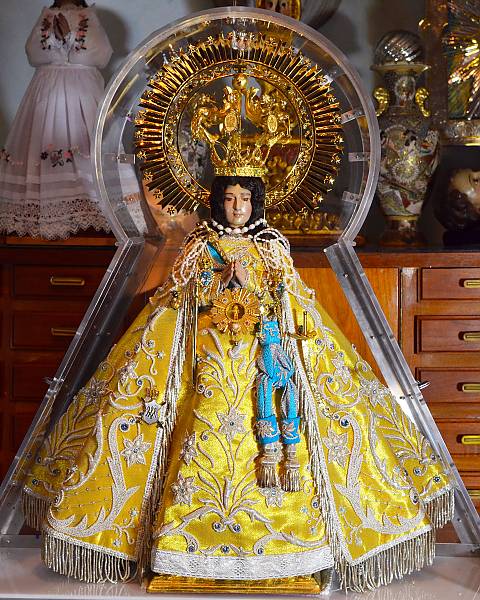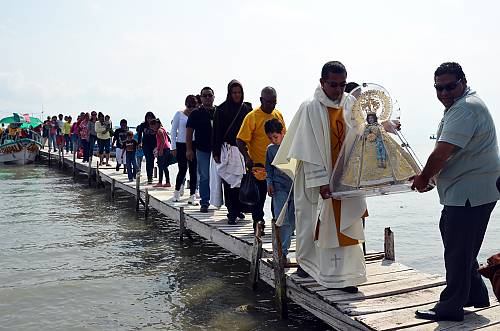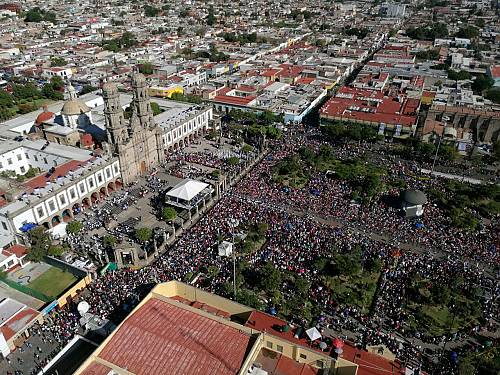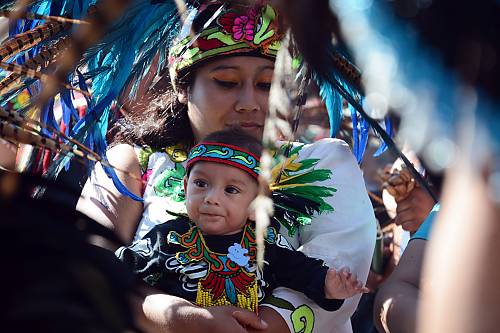La Romería (the pilgrimage): ritual cycle of 'La llevada' (the carrying) of the Virgin of Zapopan
Inscribed in 2018 (13.COM) on the Representative List of the Intangible Cultural Heritage of Humanity
The annual celebration of La Romería on 12 October, honouring the image of the Virgin of Zapopan, is a tradition that dates back to 1734. The day marks the final phase of the annual ritual cycle popularly known as ‘The Carrying of the Virgin’, which begins in May and encompasses many community and liturgical activities. The cycle ends with the return journey to the Basilica, in Zapopan. More than two million people take part, and one of the main features of the festivity is the huge presence and participation of different native dancer groups. The carrying (“La Llevada”) and the activities derived from the ritual cycle encompass a mass public demonstration in which the streets and public spaces become a ritual festival for the community, featuring different artistic expressions of collective collaboration. Throughout the year, the planning of the activities depends on the interaction of different communities, helping them to renew and reinforce their social ties. Thanks to the community’s support for the practice year after year, La Romería is considered as one of the most popular and strongly rooted traditions in west Mexico. Through organized civil and ecclesiastical groups, the community of bearers and practitioners has ensured the survival of this cultural manifestation.










